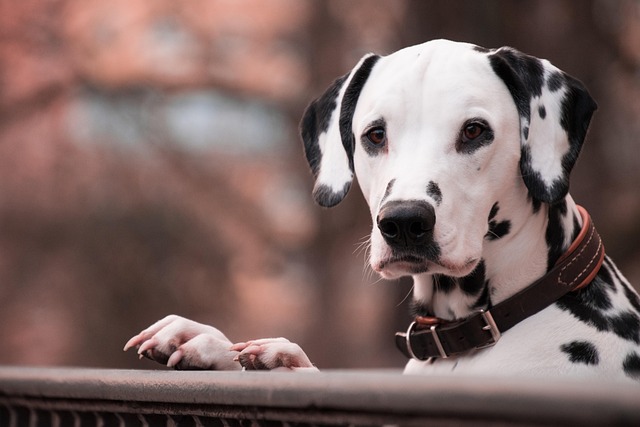
What punishment do dogs hate the most?
Dogs don’t process discipline the way humans do—their brains react to emotion and connection more than scolding or force.
Dogs pooping indoors can turn a cozy home into a source of frustration, but solving the issue starts with understanding why it happens. Puppies under six months often lack bladder control, while adult dogs might act out due to anxiety, medical issues, or inconsistent routines. In many European countries, like Germany, owners face fines up to €500 for failing to clean up after their pets in public, but indoor accidents can also signal deeper problems that need attention before reaching for quick fixes.
First, establish a strict schedule that aligns with your dog’s natural rhythms. Take them out first thing in the morning, after meals, and right before bed—consistency helps them learn when and where to go. If accidents happen, avoid scolding; instead, calmly clean the area with an enzymatic cleaner to eliminate odors. Dogs are more likely to repeat the behavior if they can smell their previous mess, so thorough cleaning is key.
 Consider your dog’s exercise and mental stimulation. A bored or under-exercised dog may act out by pooping indoors. Aim for daily walks that match their breed’s energy levels—high-energy breeds like Border Collies need more activity than smaller breeds. In the UK, local councils often enforce leash laws in public spaces, so combining structured walks with playtime in a secure garden can help burn off excess energy.
Consider your dog’s exercise and mental stimulation. A bored or under-exercised dog may act out by pooping indoors. Aim for daily walks that match their breed’s energy levels—high-energy breeds like Border Collies need more activity than smaller breeds. In the UK, local councils often enforce leash laws in public spaces, so combining structured walks with playtime in a secure garden can help burn off excess energy.
Medical issues can also cause indoor accidents. Conditions like gastrointestinal problems or incontinence may lead to unexpected pooping. If you notice a sudden change in your dog’s bathroom habits, consult a vet to rule out health concerns. In some European countries, pet insurance can help cover vet costs, making it easier to address health issues promptly.
Training is another essential step. Use positive reinforcement, like treats or praise, when your dog poops outside. This encourages them to associate outdoor spaces with the desired behavior. For puppies, crate training can be effective, as dogs naturally avoid soiling their sleeping area. Make sure the crate is the right size—large enough for them to stand and turn around, but not so big that they can use one corner as a bathroom.
Finally, be patient. Breaking the habit of pooping indoors takes time, especially if it’s been going on for a while. Consistency in routine, cleaning, and training will yield results. Remember to check local regulations—some cities require dogs to be licensed, and failing to address indoor pooping that leads to odors or hygiene issues could violate rental agreements or homeowners’ association rules. With the right approach, you can help your dog learn to poop outside, keeping your home clean and harmonious.

Dogs don’t process discipline the way humans do—their brains react to emotion and connection more than scolding or force.

Dogs pooping indoors can turn a cozy home into a source of frustration, but solving the issue starts with understanding why it happens.
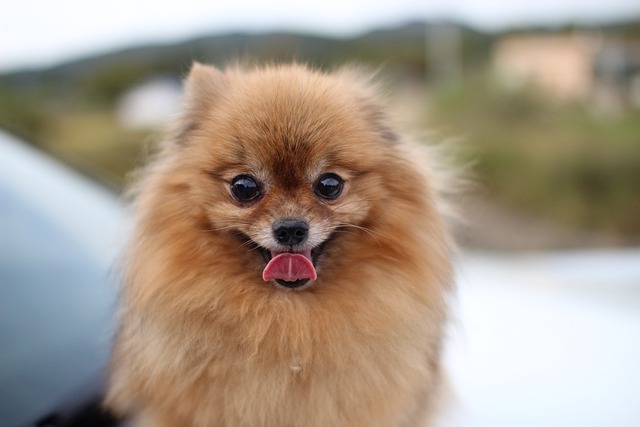
Dogs thrive on routine, so when that routine gets thrown off, their energy can spike in confusing ways. Maybe you swapped your morning walk for a quick backyard potty break because of rain, or skipped their evening play session to catch up on work.
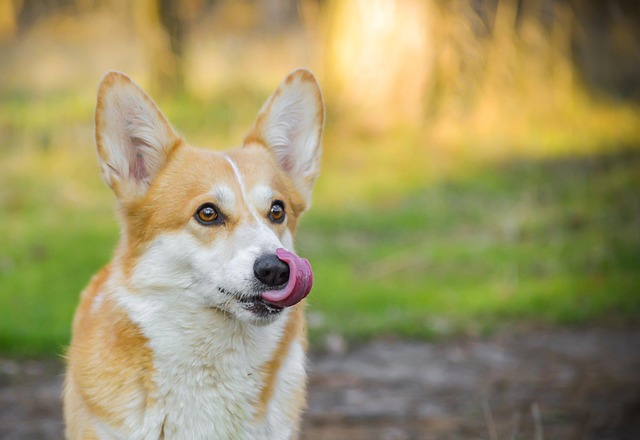
Noticing your dog asking to go outside every hour, even through the rain or cold? That sudden shift in bathroom habits can throw off your daily routine, but it might not just be a phase.
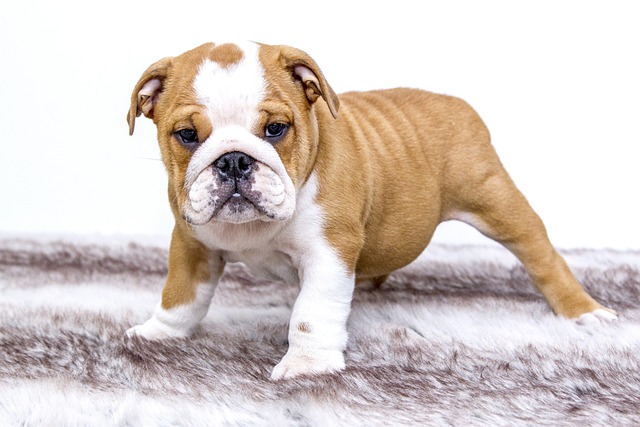
If you’ve ever watched your dog paw at their ear like it’s on fire, then noticed dark, crumbly gunk—like coffee grounds—when you peek inside, you’re probably dealing with ear mites.
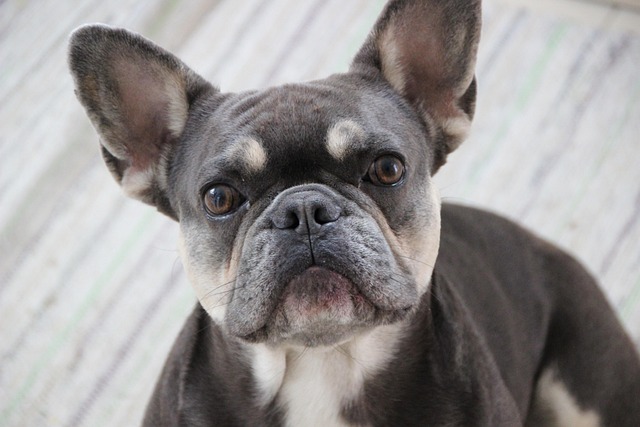
If you’ve ever watched your poodle squint through a Miami afternoon, paws darting to rub at their eyes after a romp in the grass, you’ve probably thought